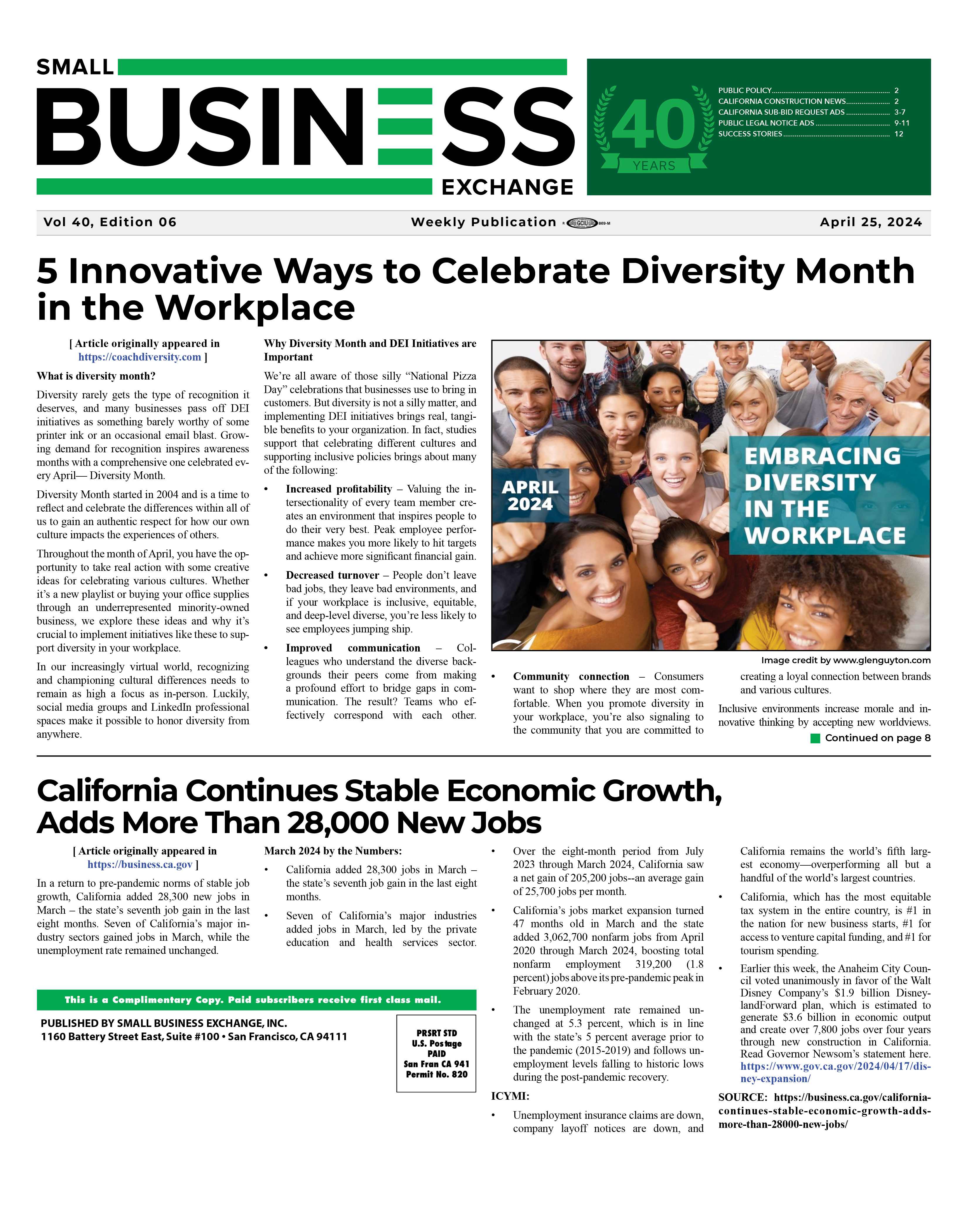
By Stephanie Snyder
Understanding the product life cycle is essential for any firm that wishes to maintain its competitive edge in the current business climate, which is characterized by fast change. Understanding the various stages of the product life cycle is vital for coming to well-informed decisions, whether you are introducing a brand-new product to the market or are responsible for managing an existing one. A product's transition from the time it is first introduced until it eventually reaches a point where it is no longer produced is called the product life cycle.
It comprises not one but five separate stages: the beginning, the growth, the maturity, the decline, and the end. This article will discuss seven essential aspects of the product life cycle that are important for you to understand.
The Product Life Cycle Stages
You can successfully navigate your product's journey if you know these stages. At this stage, a product is released onto the market. At this point, awareness and demand are starting to increase. During this phase, businesses frequently spend a lot on marketing and promotion to generate buzz and draw in early adopters. The product gets pace during the growth stage. Sales grow quickly, and the market grows. It is vital to distinguish your product from your rivals' to keep customers loyal. A stable market characterizes the maturity period. Sales stall and the competition heats up.
Concentrating on product differentiation, customer retention, and researching new market sectors is critical to extending a product's life cycle. The market for the product starts to contract during the decline stage. Customer demand declines as sales decline. Businesses can choose whether to revamp the product or completely stop selling it.
Elements That Affect the Product Life Cycle
Several things can influence the duration and structure of a product's life cycle. You can modify your approach as necessary by being aware of these issues. You can adjust your product offerings to meet changing client needs by closely monitoring market research and customer feedback. A product may become obsolete due to technological developments, or it may open up new prospects for innovation. Your product's life cycle can be extended, and it will remain relevant if you adopt new technologies and incorporate them into it.
The life cycle of a product is impacted by competition and market saturation. Limited competition can prolong maturity, while intense competition can shorten life cycles. You can watch your rivals and develop distinctive selling points to be competitive.
Product Life Cycle Strategies for Each Stage
You can use several tactics at each product's life cycle phase to realize its full potential. Concentrate on raising awareness and developing a clientele during the introduction phase. To draw in early adopters, spend money on marketing initiatives, product demonstrations, and targeted advertising. Profit from rising sales and growing market share throughout the growth phase. Improve your distribution methods, make product changes based on consumer feedback, and use raving customer reviews and word-of-mouth advertising.
Maintaining customer loyalty throughout maturity requires strong branding and customer relationship management. To maintain growth, consider introducing product variations, exploring new markets, or diversifying your product line. Analyze a product's profitability and prospects for revival when it reaches the decline stage. Focus on phasing it out gracefully while switching to new product offerings if it is no longer profitable.
Pricing and Product Life Cycle Strategies
In every phase of the product life cycle, pricing is crucial. Increase your product's profitability by thoroughly understanding the connection between price and product life cycle. A competitive price can be determined to draw early adopters during the debut phase. A lower price can stimulate trial and increase interest, resulting in the growth of a customer base and a presence in the market. You can modify your pricing approach to maximize profitability throughout the growth phase. You can consider keeping prices the same or slightly raising them when demand rises and economies of scale work to take advantage of the expanding market.
Pricing tightens up as a market reaches maturity. In a crowded market, raising prices to remain competitive could be necessary. Maintaining market share and client loyalty can be facilitated by discounts, package deals, or loyalty programs. Depending on the product's profitability and the organization's overall objectives, pricing methods may change during the decline period. You can focus on niche markets with a higher price point and specialized offerings or choose to lower pricing to clear inventory.
Importance of Product Life Cycle Management
A successful product life cycle management strategy is essential for long-term corporate success. Allocating resources effectively requires an understanding of the product life cycle. You may dedicate the appropriate resources, such as a marketing budget and R&D funds, to your product to maximize returns by determining which stage it is in.
Better market planning is made possible by product life cycle management. It assists you in foreseeing market trends, rivalry, and customer preferences, enabling you to modify your plans and keep up with the times. Effective product life cycle management can result in cost reduction. You may cut expenses and boost profitability by optimizing your marketing, inventory management, and production processes.
Tips for Managing a Product Life Cycle
Businesses can manage a product's life cycle to ensure its success and viability in the marketplace. Do a complete market analysis to determine consumer demands, preferences, and new trends.
Gain insights for product creation and positioning by analyzing market dynamics, rival strategy, and customer feedback. Keep your product differentiated and innovative to stay ahead of the competition.
Identify your offering's unique selling points and differentiating factors to draw clients and get a competitive advantage. Pay great attention to the introductory stage of your product.
Develop a comprehensive marketing and promotion strategy to increase awareness and promote early adoption. To reach your target audience, use a variety of venues, such as social media, influencers, and targeted advertising.
Customer feedback can be regularly gathered and incorporated into product enhancements as part of continuous improvement. Keep an iterative mindset to improve your product's features, quality, and user experience.
Seeking professional help from a
products safety rep has many advantages, including cost savings, regulatory compliance, risk reduction, improved reputation, and customer satisfaction.
Conclusion
In conclusion, business owners should comprehend the product life cycle to make wise decisions and create winning strategies. Businesses can maximize their products' potential and maintain market competitiveness by understanding the product life cycle stages, the variables influencing it, and the relevant strategies to use. Each product life cycle management element contributes to long-term success, from pricing strategies to resource allocation and market planning. So keep in mind to evaluate your product's life cycle, modify your plans as necessary, and remain flexible in a constantly evolving market.





